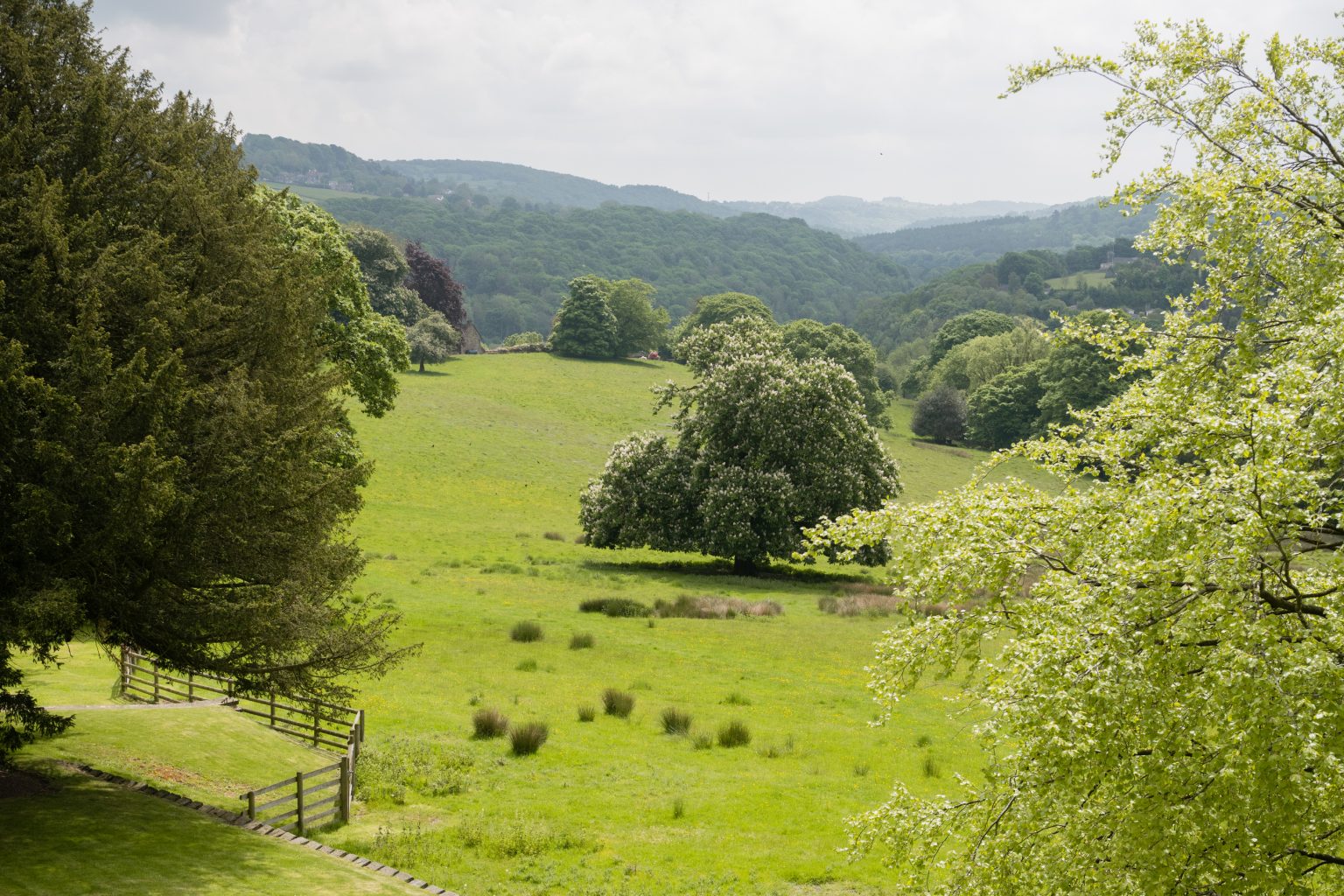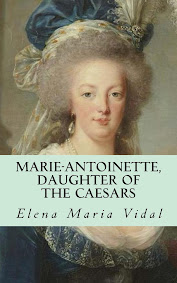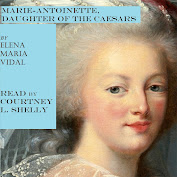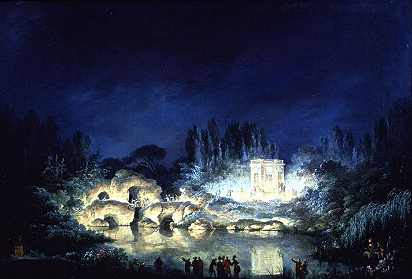From Charles Coulombe at The European Conservative:
Knights came in many different varieties. Originally, knighthood
could be bestowed by any other knight, a bishop, or a sovereign; but in
time, the latter claimed to be the sole owner of that power.
Nevertheless, the great independent orders of knighthood—the Templars,
Hospitallers (later Malta), Teutonic Knights, etc.—retained their
independence after the fall of Jerusalem, although the first of those
suffered a terrible suppression. Then followed the knights of the royal
orders, such as Britain’s Garter, France’s St. Esprit, and
Burgundy/Austria/Spain’s Order of the Golden Fleece. There were also
hereditary knighthoods granted, along with the British equivalent, the
Baronets.
The nobility and knights were considered one class or estate in
mediaeval society, with the churchmen being another, and commoners
(depending on the country, often including the gentry and the
patricians) being the third. In some places, the commons were divided,
and there were four rather than three estates. But many were the
pictures in the Middle Ages that depicted priest, knight, and peasant,
each with a phrase indicating their respective position in the
collective order: “I defend all” by the knight; “I bless all,” by the
priest, and “I feed all,” by the peasant.
As the Middle Ages wore on, representatives of these estates took on
ever more responsibility; if their Emperor or King needed extra money,
they would be convoked and asked to fund whatever difficulty had arisen.
In England, the abbots and bishops (‘Lords Spiritual’) and titled
nobility (‘Lords Temporal’) were brought together in one House of Lords.
The House of Commons arose from the joint gatherings of the
representatives of the boroughs with landowners returned by their
neighbours from the various counties—the ‘Knights of the Shire.’ These
developments were paralleled across Europe, with nobility and knights
sitting in what became Upper Houses throughout the Continent. Alongside
the monarchs and the Church, the nobility became the great patrons of
art, music, and dance, even as they pioneered hunting and dotted the
countryside from Portugal and Ireland to Russia with their great houses
and castles. But these arrangements would totter and fall. (Read more.)
Share





















